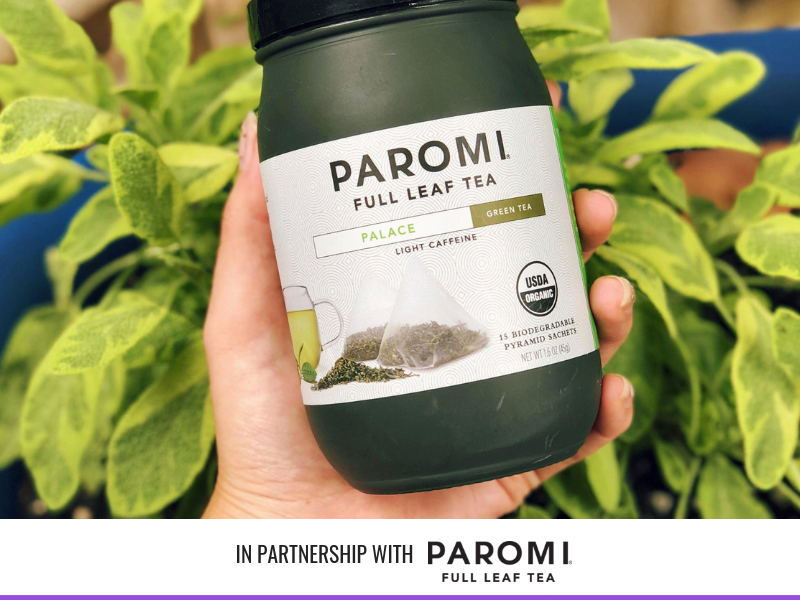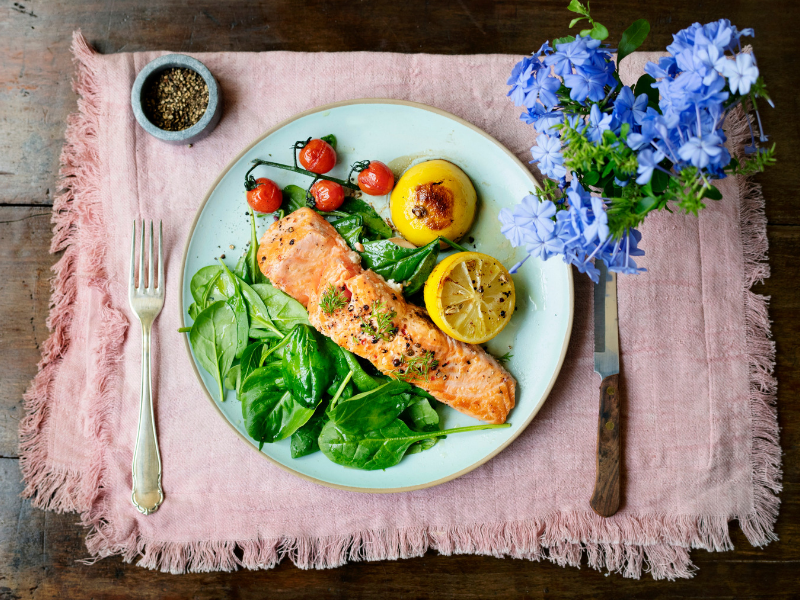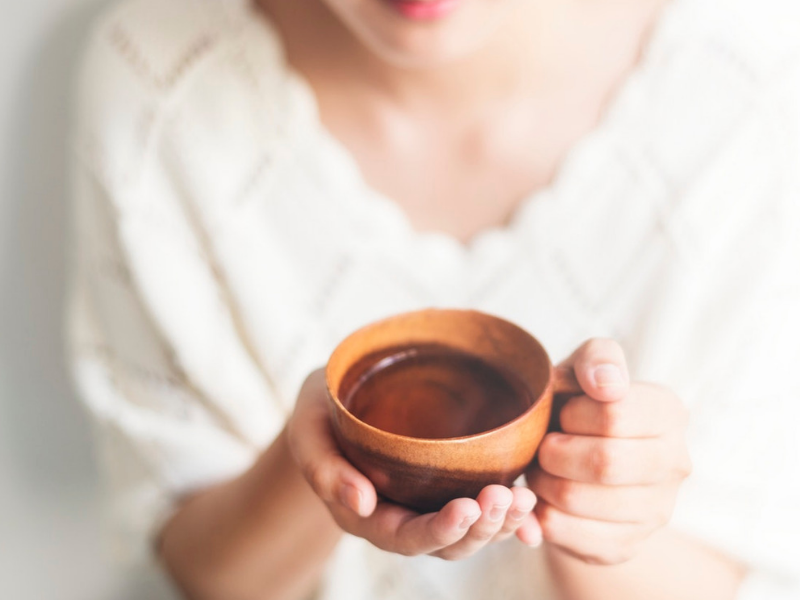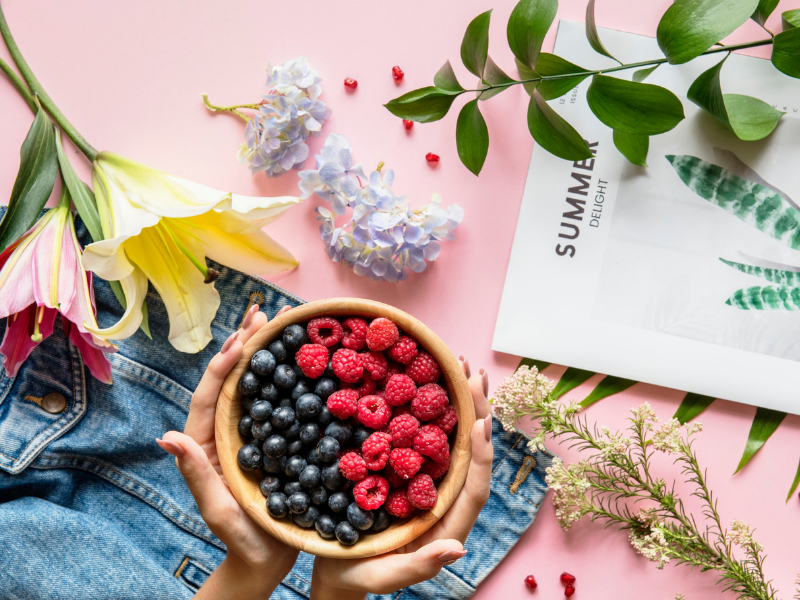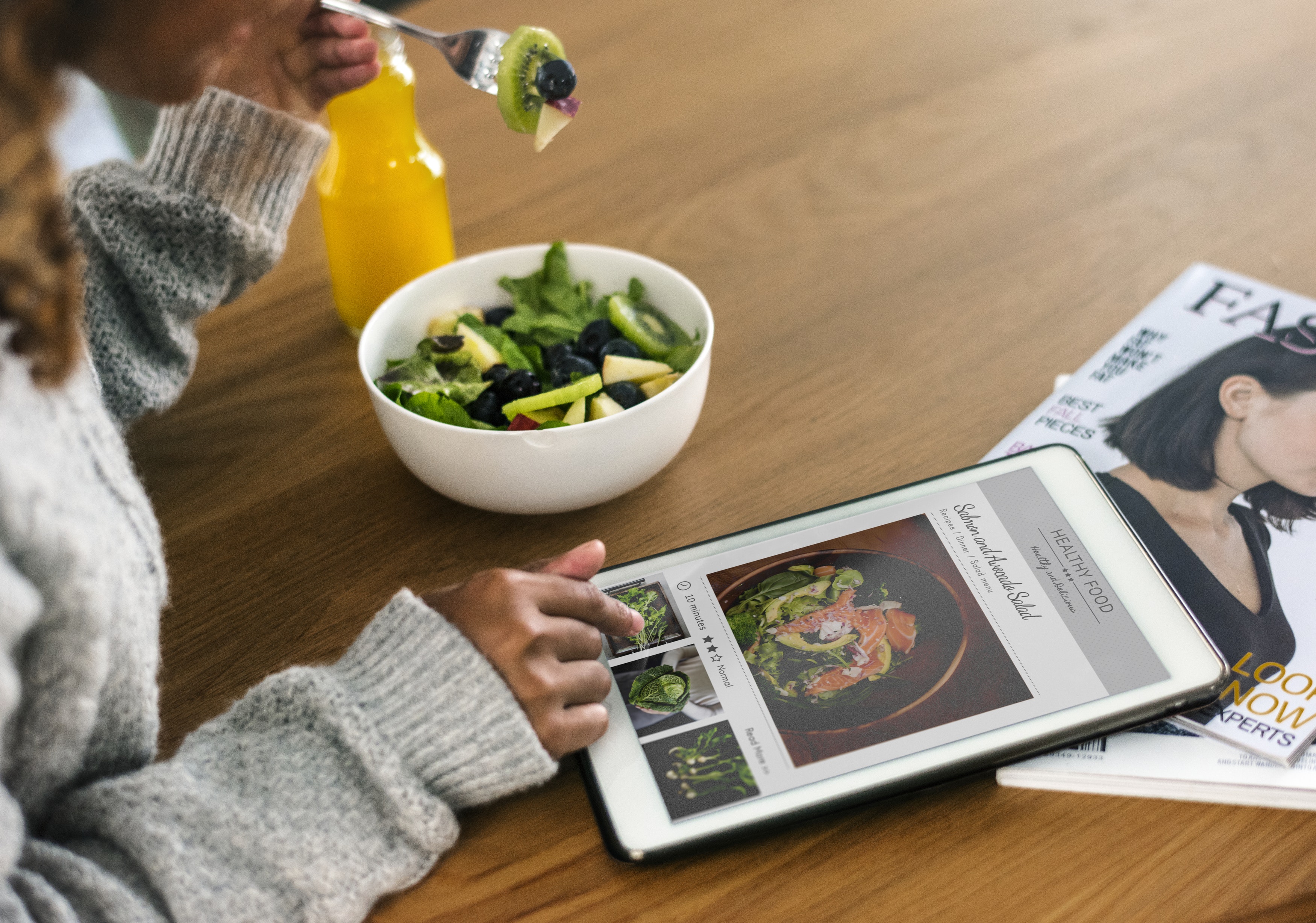How often do you drink a cup of tea?
According to Teausa.com, tea is the most widely consumed beverage in the world (sorry y’all, it’s not your daily cup of Jo) and can be found in almost 80% of U.S. households. Plus, it is one of the only beverages served hot or cold and is perfect for any occasion.
On any given day, over 159 million Americans are sipping on some form of tea.
These are amazing figures, as the health benefits of tea have been recognized for ages. Based on popular Chinese legend, tea was discovered in 2737 B.C.E. by Emperor Shen Nong, a skilled ruler and scientist. While boiling water in the garden, a leaf from an overhanging wild tea tree drifted into his pot, and today we have tea as we know it.
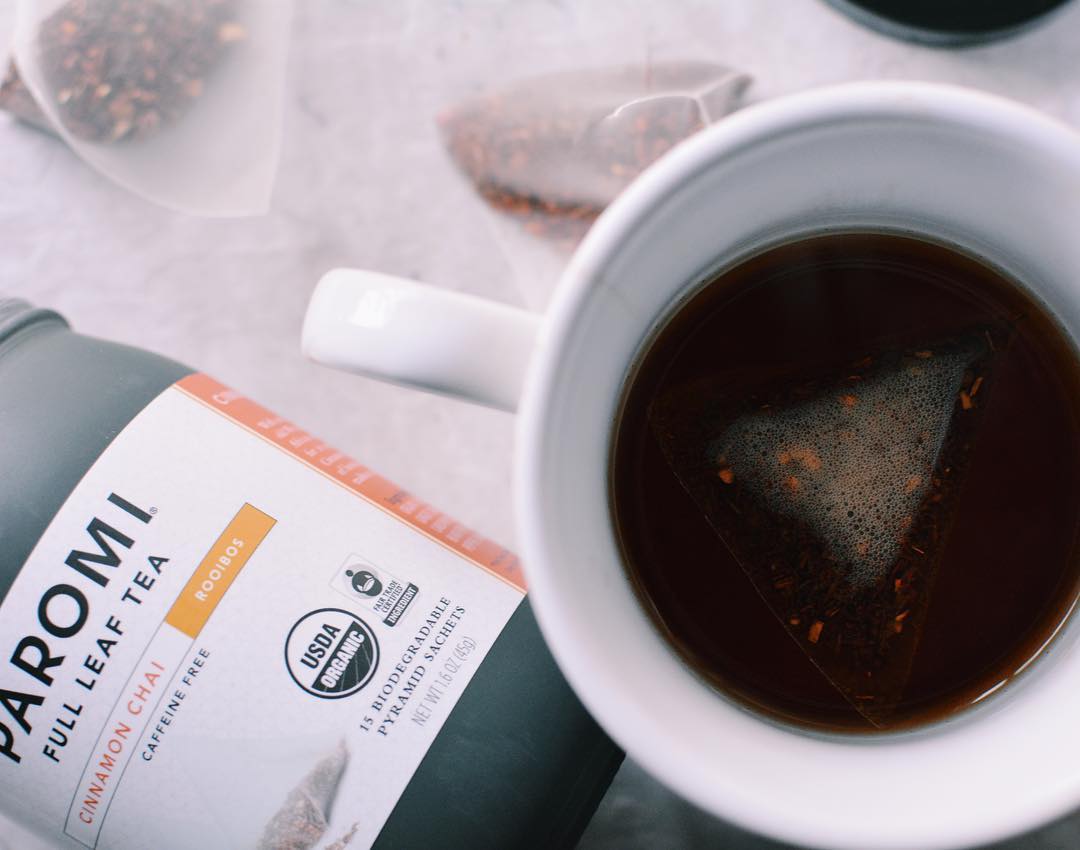
However, not all teas are made the same. There are few different types that vary in taste and makeup. Here in the Western world we are familiar with all or some of the following:
- Black Tea
- Oolong Tea
- Green Tea
- Matcha Tea
- Yellow Tea
- Kukicha or Twig Tea
- Puer Tea
- White Tea
- Red and Green Rooibos
- Honeybush
Reaping the health benefits of these natural herbal remedies comes down to one simple element, the preparation.
Many people are not knowledgeable on how to properly brew their tea leaves and the result is a lot of the tea’s true health properties and benefits being left untapped.
Some of these proven health benefits include antioxidants such as selenium and lycopene, less caffeine than coffee, the fighting of inflammation, lowering of stress hormone levels, lowering of cholesterol levels, lowering of blood pressure and lots more.
The Science of Brewing
According to theconversation.com, getting the maximum health benefit from your cup is more about the brewing than the tea you choose.
Patience is the most important element. If you are playing around with the tea sachet in the cup for 30-60 seconds, you are only getting a small amount of the antioxidants and bioactives you would by following the maker’s instructions.
Brewing with freshly boiled water for two to three minutes, as per the instructions, extracts about 60% of the catechins, 75% of the caffeine and 80% of the L-theanine. The longer you brew the more bioactives you get, but also the stronger the taste. Research has found that brewing for 20-30 minutes at 80°C extracts the maximum level of bioactives, but that’s not very practical for everyday life, and probably doesn’t taste the best.
Interestingly, the pH of water also impacts the extraction process. Low pH (acidic) water extracts bioactives better than high pH (basic) water. The pH of tap water is about seven, which is neutral, so there might be a benefit to adding lemon with your tea, rather than after its brewed.
How To Properly Brew Your Tea Leaves
In this quick guide, we’ll teach you how to brew your tea leaves with care and patience like the Chinese tea master you are.
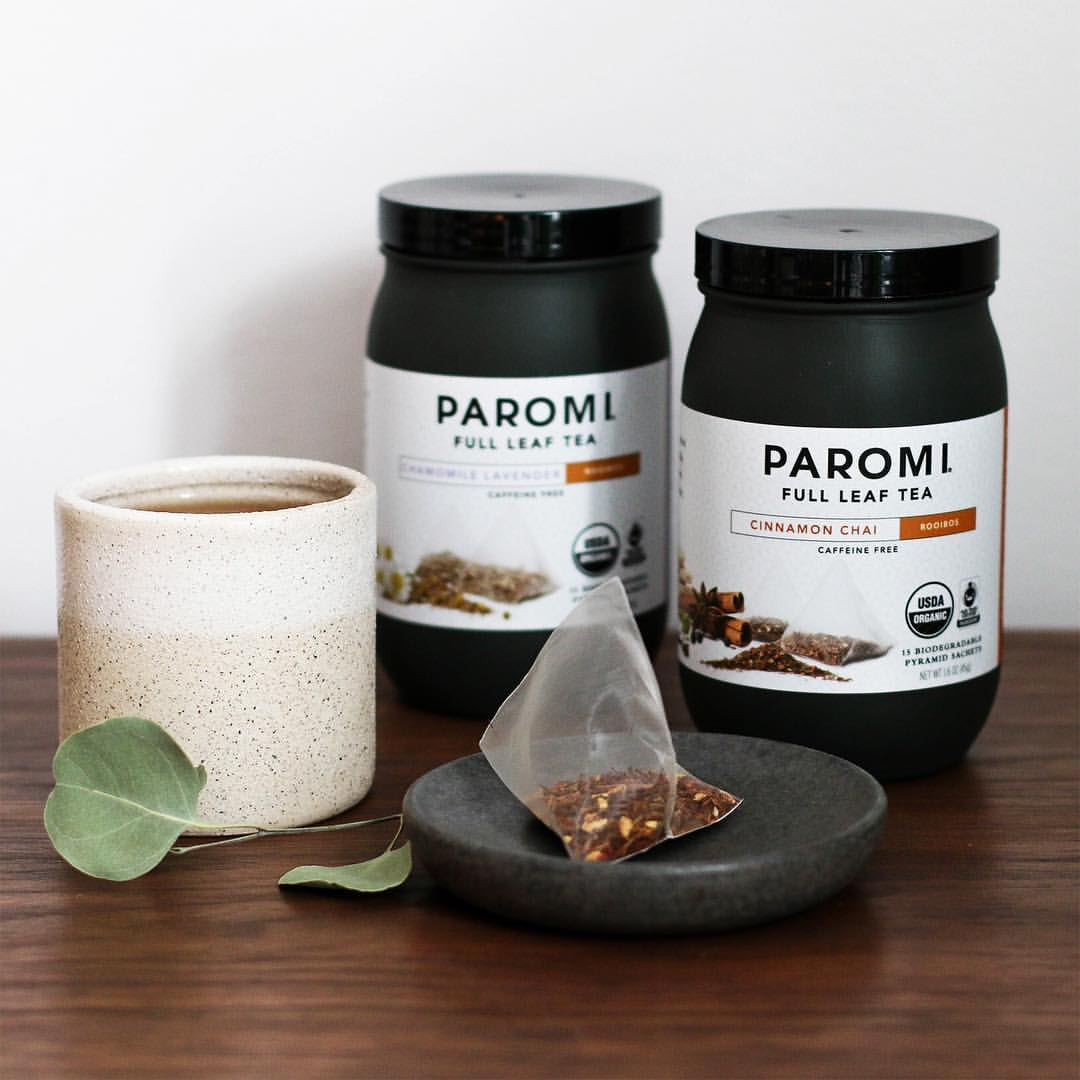
1. Buy a high-quality Full Leaf Tea from a reputable company
This is the first step in ensuring your tea is organic, pure and not overly processed with unhealthy or useless additives.
Paromi starts with exquisite, carefully selected ingredients. Which are meticulously combined into small batches, testing until they reach the perfect balance. These ingredients are protected and artfully blended into a finished product inside an opaque glass jar so it retains its freshness and integrity on the journey to your cup.
2. Follow the recommended measurements on the package
It is always important to follow the instructions on the packaging to prevent any dilution or overconcentration in your cup.
Place recommended measurements (if using loose leaves) in a teapot that has a strainer in the middle. If you’re using a tea sachet, simply add it to your tea cup. Add hot water and leave to steep.
3. Follow recommended steep times
Leave it to steep for a few minutes. Here are some of the average steep times for the most popular teas.
Black tea: 0.5 teaspoon per cup; water temperature 96°C (205°F); steep for 3 minutes.
Green tea: 1 tsp/cup; temp. 65-80°C (150-175°F); 3-4 minutes.
Oolong: 0.5 tsp/cup; temp. 90°C (195°F); 3-6 minutes.
White tea: 1 tsp/cup; temp. 80-85°C (175-185°F); 7-9 minutes.
4. Sweeten to taste, if desired
Most Americans sweeten their tea to tame the natural herbal flavors. Sweeten to suit your taste but don’t go overboard as you want to consume your tea in its most natural state.
5. Store your tea in a tightly closed container (and place somewhere cool) or just brew as needed
If you have any leftovers, store in a tight container and place in your cupboard or even refrigerator. After all, iced tea makes the perfect thirst quencher or a great party beverage.
Enjoy on the daily.
